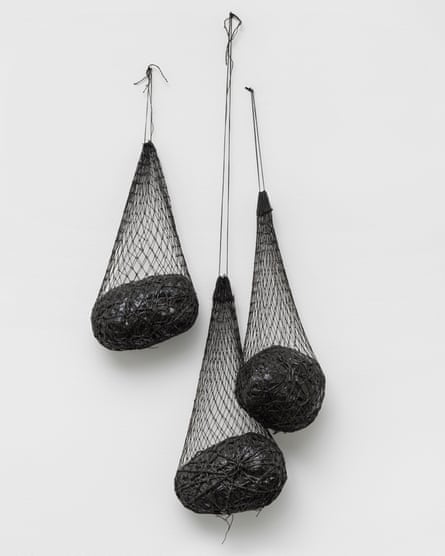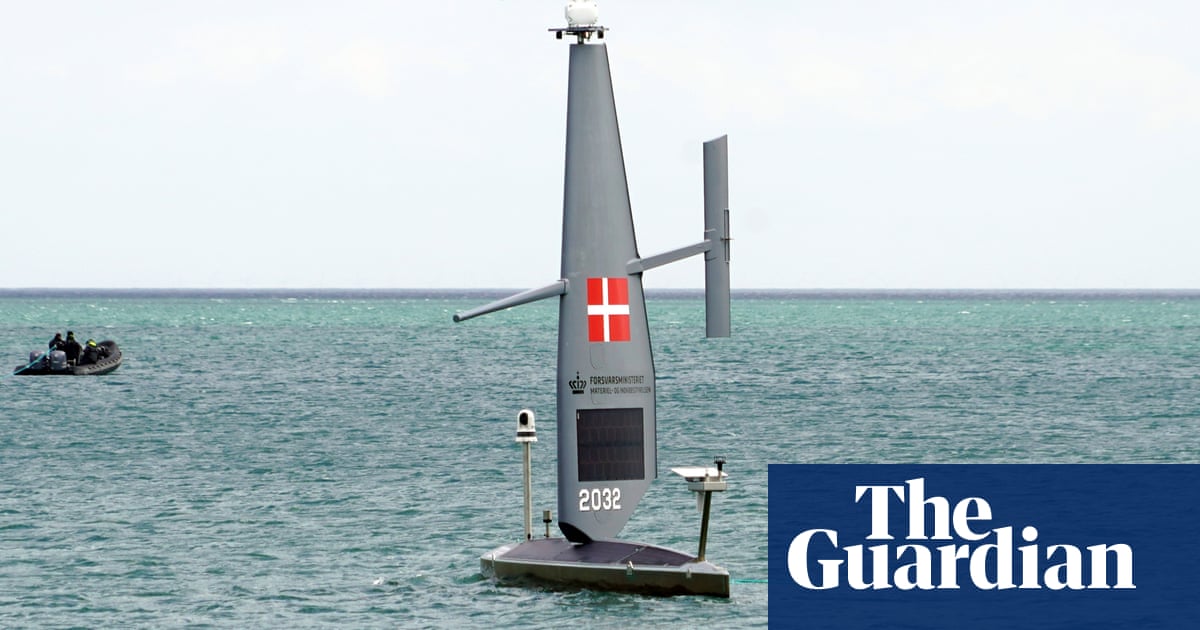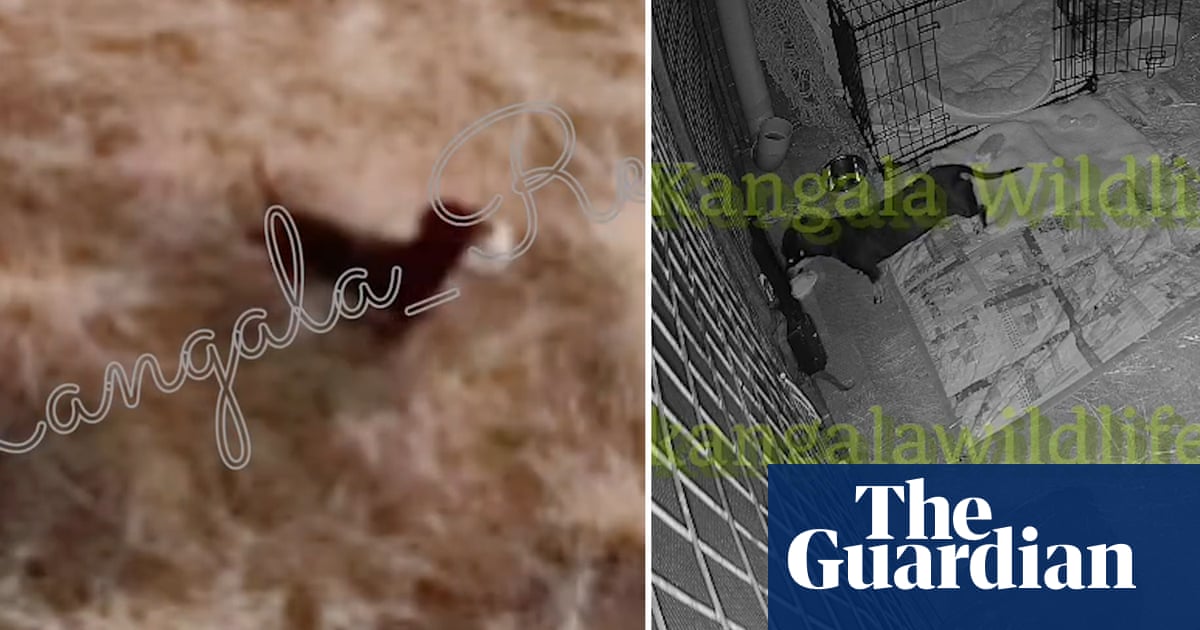Pendulous, scuttling, slapstick, sinister and ribald, Abstract Erotic revisits a moment in 1966 when the young American critic and curator Lucy Lippard brought together the work of three women in New York in a larger show of eight artists at the Fischbach Gallery then on Madison Avenue. It was originally titled Eccentric Abstraction, but the eccentrically abstract isn’t nearly as sexy as the erotic – yet somehow neither title quite fits the strange and compelling sculptures and little objects, drawings and reliefs by Alice Adams, Eva Hesse and Louise Bourgeois that, even 60 years on, are as alive as ever they were.
Eccentric Abstraction was the first exhibition Lippard had ever curated, and was, she said, “an attempt to blur boundaries, in this case between minimalism and something more sensuous and sensual – that is, in retrospect, something more feminist” – although, at the time, feminism was far from her mind. The exhibition was crucial in the development of the now 88-year-old’s thinking and her subsequent activism.
Although many of the works here were included in the original show, this is not a thorough restaging, and all the male artists, including the then recently graduated Bruce Nauman, are absent. Eccentric Abstraction is largely remembered for the contributions the three female artists made, for the coherence of their approaches to materiality, form and artistic process, and the ways their work addressed the psychosexual and the human body.
There are fewer than 30 sculptures, reliefs and drawings here, occupying two small rooms. But size isn’t everything. One of the delights of this exhibition is to do with scale. Only one work is bigger than we are. Others you could put in your pocket or carry in your arms. The works of all three artists sit close to the walls, hang from the walls, dangle on wires in front of them, or sit on shelves in a vitrine, jostling in and out of view, emphasising intimacy and proximity. It is a show of close relations, filled with delicate things and enigmatic things, and things as incomprehensible as they are beguiling.

It isn’t all about forms directly analogous to body parts, although there are plenty of those. There is instead an unnerving slippage between the skin and the interior, between the whole and the part, just as there is between sculptural form and drawing, between object and image, threat and tenderness, familiarity and otherness.
A black shape like a pear or a lightbulb, by Hesse, dangles from the wall on a string that loops around a nail to another object that just touches the pear thing. This object is like a skinny black sausage that narrows at its tip then bulges out again, like a bratwurst giving birth to a cocktail sausage. All the elements are painted with black enamel. Stark and graphic, the arrangement is funny and lewd and very satisfying to look at – reminding me, distantly, of Giacometti’s 1930-31 surrealist sculpture Suspended Ball. While movements and idioms come and go, distant debts to surrealism and Freud persist. The unconscious is always with us.
A steel cable passes through the holes in a perforated metal plate and gets entangled there. Another rusted steel cable is woven through a metal grid. Their relations are complicated and they ensnare me. These tensile amalgamations were the work of Adams, who first trained as a weaver and previously worked with looms and fibre. There is a direct link between her earlier textile art and these sculptures. Other, later works use chain-link fencing, and yet more lengths of springy, twisty, recalcitrant cable that could only be manipulated with difficulty. Their torsions have lives of their own, and can’t be forced to follow paths they don’t want to take. Adams’s materials told her what could and couldn’t be done. Some things twist and coil and are held in dynamic constraint. They have the brevity of a sentence but look as if they could explode.

Another work – an interpenetrating conjunction of a chain-link cylinder and a rusted, woven steel cable funnel – conflates the two forms into a conundrum of interior and exterior. A bulging roll of aluminium fencing hangs like a great intestinal tract in mid-air, a huge skeletal drawing in wire, the form dramatically lit and entangled with its own shadow, which is cast on the wall just behind it.
If Eccentric Abstraction seems like a long time ago, the ways the artists worked endure, in their approach to materiality, their disregard of neat divisions between abstraction and figuration, and the ways their works not only occupy space but actively inhabit it. This sensibility is still with us. If the ideas are still alive, much of the works Hesse made using hand-poured sheets of latex resin are now extremely difficult to show or to conserve, the material having darkened and become brittle by age exposure to daylight.
The same is true of the sculptures Bourgeois made using latex. Several of Bourgeois’s sculptures here have darkened and shrivelled, and acquired a feel of the archaeological relic, if not the fossilised. Her latex and cloth Le Regard, a kind of rounded bowl or vessel split open to reveal something (are there teeth in there, is that an eye or a clitoris?) now seems to belong to an archaic past. Perhaps timelessness can only ever be accidental.
Bourgeois’s art is filled with ambivalent images and forms. Her Fée Couturière is a dangling off-white sac, a little like a wasp’s nest penetrated by apertures. It might be a head, it could be a habitation. Even the version of her Fillette, a dangling erect penis and balls, sheathed and swaddled in some kind of blanket, is as much female as it is, just as inescapably, male. Gender in almost all the works here is slippery, when it can be ascribed at all.

What a can of worms all this is. On cue, sitting on a shelf behind glass, are two small cylindrical containers by Hesse, one most likely the original lid to the other, both filled to overflowing with little worms, fashioned from cord and wire, everything painted in white enamel.
Many of Hesse’s works from the mid-1960s can be seen as impromptus or asides, things made in the moment, without much regard to their permanence. Wrapped objects bulge in sagging net bags, like so much shopping. It’s as if Hesse made things to see what they would look like, how they would look back at her and tell her what to do next: one thing leading to another, and another. Many of the compound forms Hesse created were made using inflated balloons as a kind of armature, their surfaces built up and solidified using tape and paint. The process is immediate and daft, as basic as breathing.
Along with Abstract Erotic, The Courtauld is also showing a room of drawings by Bourgeois. Filled with maelstroms and turbulence, repetitive gestures and breast forms, waves and rows of marks and unnameable, unstoppable eruptions, they are more records of her own emotional weather than any formal search. These drawings often have a great touch, but the sculptures in Abstract Erotic say it all, even when we don’t know what it is.

 7 hours ago
4
7 hours ago
4

















































